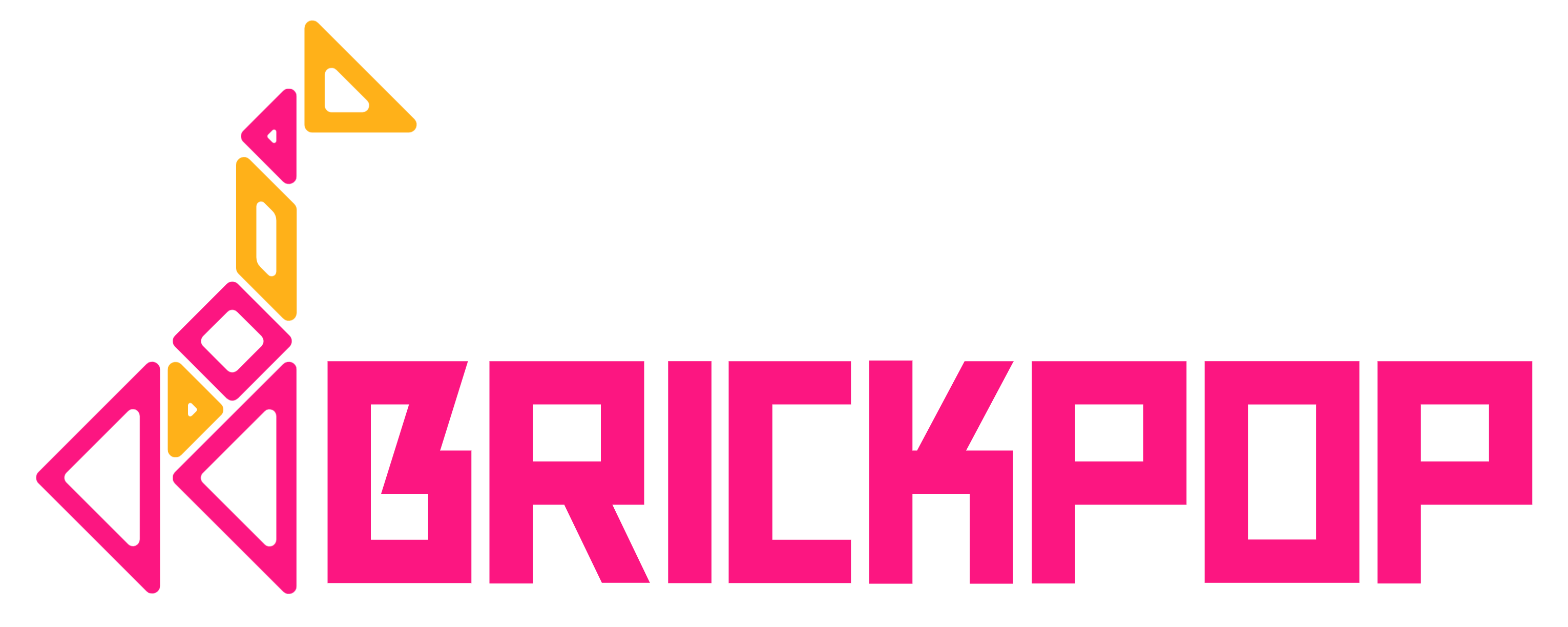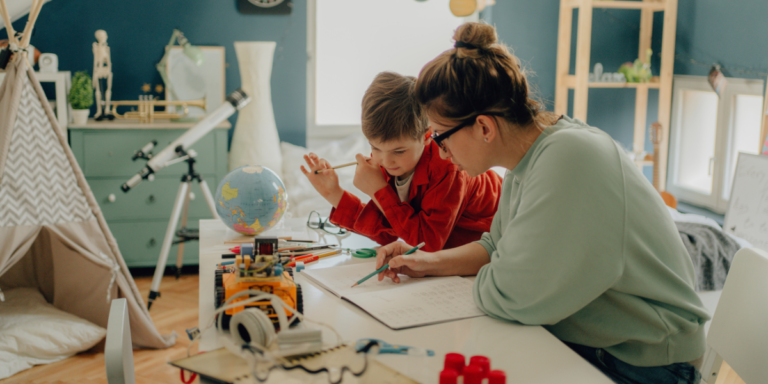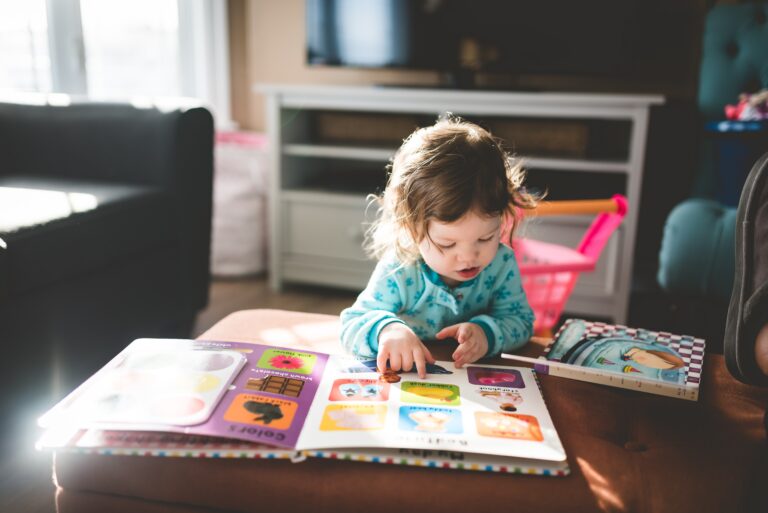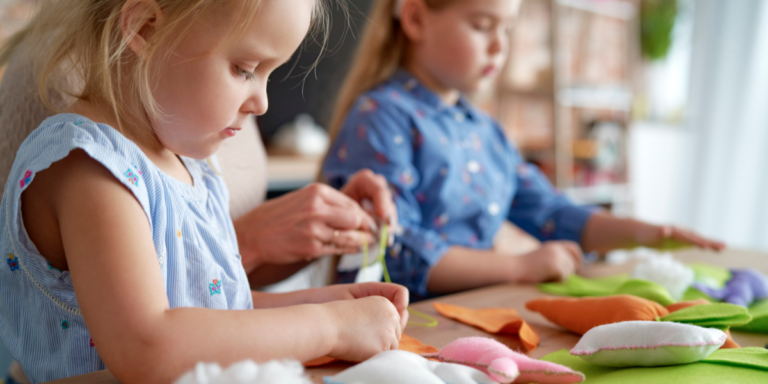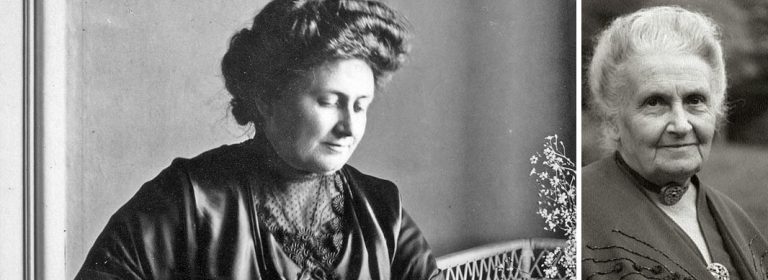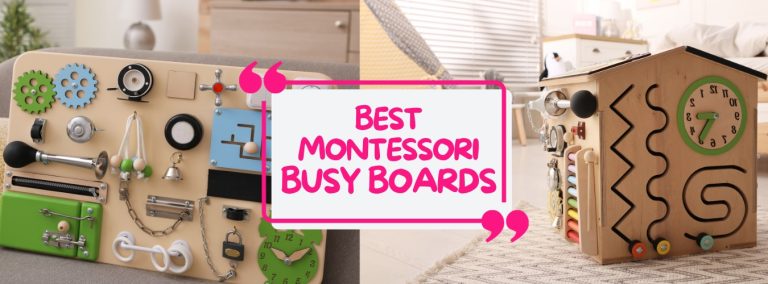Montessori Checkerboards: Complete Guide 2023
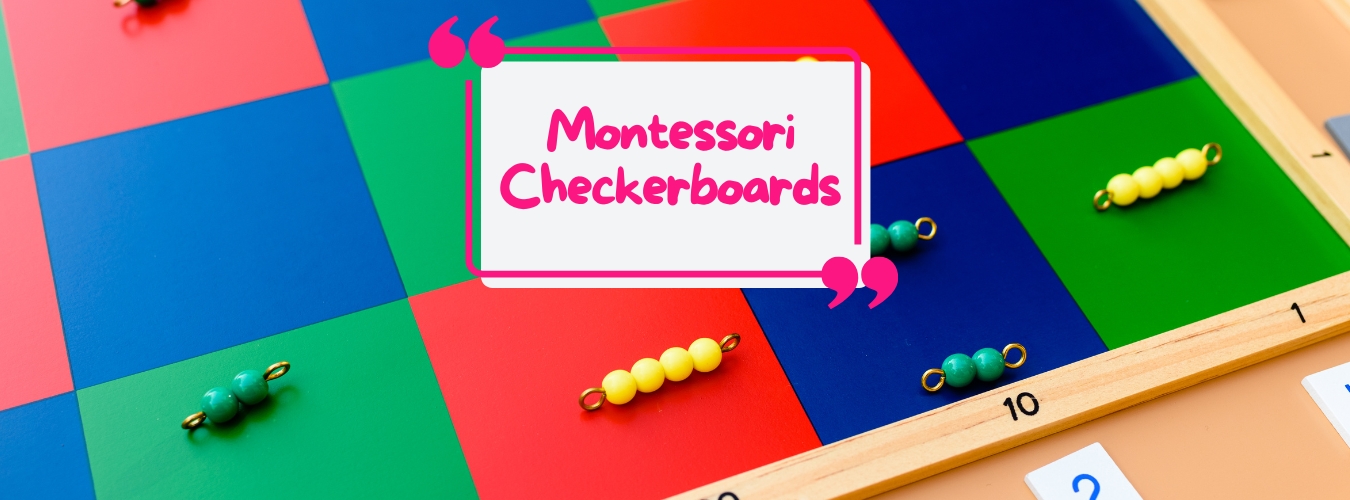
Montessori checkerboards are one of the best teaching and learning products for kids. The Montessori method of education emphasizes hands-on, self-directed learning. Many times, kids learn through the use of different teaching tools and educational activities. An essential component of the Montessori math curriculum is the Montessori Checkerboard, a learning material that helps develop math skills for children. In this blog post, we’ll explore what the Montessori checkerboard is, how it’s used, how you can get one, and the benefits it provides students.
What is a Montessori Checkerboard?
The Montessori Checkerboard is a sensory learning material consisting of a wooden board with 100 squares, similar to a checkerboard. Accompanying the board are small golden bead units and numerals. The checkerboard allows students to physically work through math concepts like counting, numbers, quantities, and operations in a concrete way.
The Purpose of Montessori Checkerboards
Montessori checkerboards serve multiple educational purposes aligned with Montessori principles:
- Promote active, hands-on learning through the manipulation of concrete materials
- Allow children to discover and grasp abstract math concepts by seeing and touching real object representations
- Teach numeracy skills like counting, visual recognition of numbers, and performing calculations
- Reinforce understanding of place value and decimal systems
- Develop skills in performing complex operations like long multiplication
- Encourage problem-solving skills and mathematical reasoning
Components of Montessori Checkerboards
Montessori checkerboards feature:
- 10×10 wooden square board with lines dividing rows and columns
- 100 loose golden bead units of equal size
- Numeral cards from 0-9 to place on columns/rows
The board’s grid format and detachable materials allow hands-on experimentation and math visualization.
How Do Montessori Checkerboards Work?
Students use the checkerboard hands-on to:
- Count golden bead units up to 100, reinforcing numbers and quantity
- Arrange beads in rows of 10 to understand grouping and place value
- Place numeral cards matching bead quantities to connect written numbers to physical amounts
- Illustrate math operations like addition, subtraction, and multiplication by manipulating beads
- Perform complex multiplication by placing beads in grids aligned with multiplied numbers
Montessori Checkerboards Provide a Hands-On Learning Experience
Montessori checkerboards provide an interactive experience that engages multiple senses. Students learn by doing, not just listening, which improves understanding, information retention, and confidence.
The self-directed process allows children to work at their own pace, giving them control over their learning. Visually and physically interacting with concepts imprints knowledge more effectively than traditional paper methods. errors can also be corrected in real time by trial and error.
Montessori Checkerboards Build Math Skills
Specific skills developed by the Montessori checkerboard include:
- Number recognition and counting
- Cardinality – understanding that numbers represent quantities
- Place value and decimal comprehension
- Skip counting and multiplication tables
- Problem-solving and mathematical reasoning
- Fine motor skills and coordination
The concrete learning material is suitable for students from preschool through elementary levels. Exercises can be scaled up or down based on skill level.
Adapting to Different Ages
- Ages 3-6 – Focus on counting beads, recognizing numerals, and basic addition/subtraction.
- Ages 6-9 – Practice skip counting, multiples, and using beads for multiplication/division.
- Ages 9-12 – Apply to long multiplication, factoring numbers, and solving word problems.
- Teens – Use for exploring algebra, fractions, and equations through a concrete medium.
Incorporating Checkerboards at Home
Parents and teachers can introduce Montessori checkerboards through:
- Slowly presenting each element and allowing exploration
- Demonstrating counting beads, recognizing numbers, arranging in tens
- Guiding students through math exercises step-by-step at first
- Allowing self-direction once the child understands the process
- Practicing daily 10-15 minute checkerboard exercises
- Using positive reinforcement and feedback
- Scaling difficulty gradually as skills develop
Conclusion
Montessori checkerboards provide an interactive, engaging way for students to build foundational math skills through hands-on learning. The manipulatives make abstract concepts more concrete, giving children understanding through sight and touch. Incorporating checkerboard activities, whether in school or at home, helps reinforce math competency.
